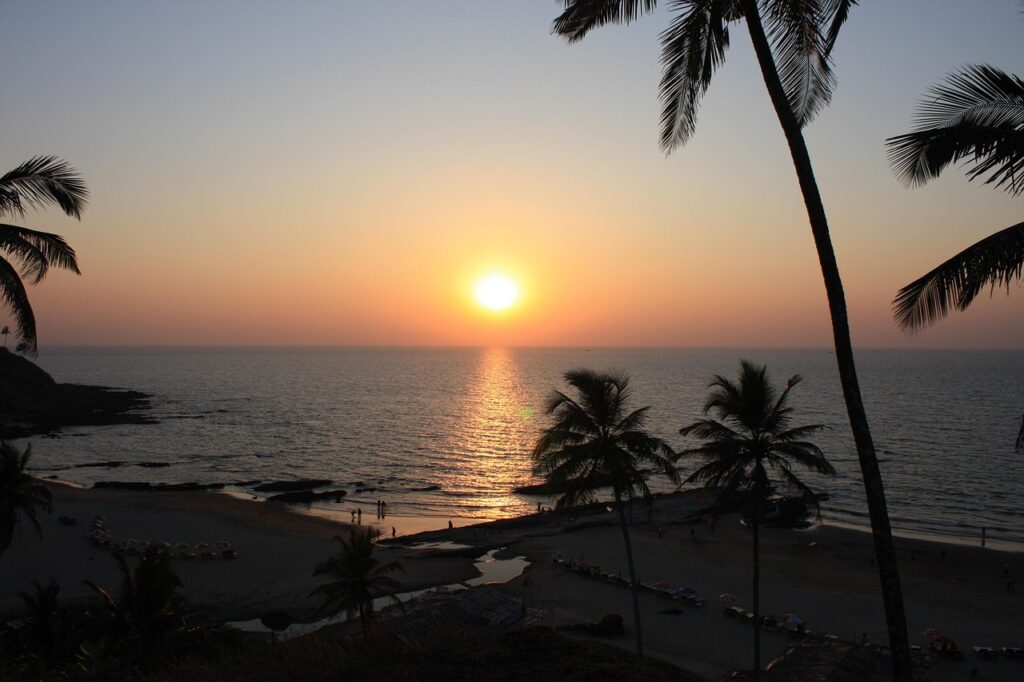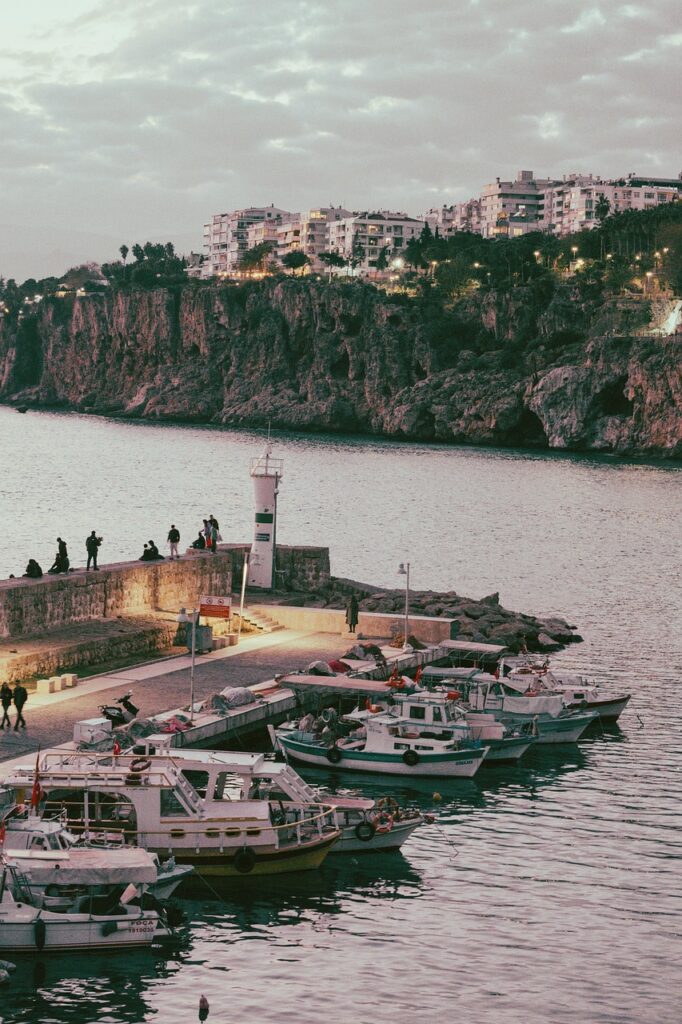The allure of travel is often painted with broad strokes of vibrant colors and idyllic scenes, promising escapes that soothe the soul and ignite the imagination. Social media feeds, glossy travel blogs, and captivating advertisements frequently present a curated, almost dreamlike version of destinations, setting incredibly high expectations for eager adventurers. Yet, the reality of global travel, especially in 2025, can sometimes be a stark contrast to these picture-perfect portrayals, leading to moments of profound disappointment for even the most seasoned wanderers.
Indeed, as more and more travelers venture out, a growing chorus of voices is emerging, sharing experiences of places that simply didn’t live up to the hype. Whether it’s the crushing weight of over-tourism, unexpected costs, a perceived lack of authenticity, or simply a destination’s inability to deliver on its promised charm, these encounters offer invaluable insights. They serve as crucial guides for those planning their next getaway, helping to manage expectations and, perhaps, inspire a search for alternatives that truly resonate with the spirit of exploration.
This in-depth look draws on the candid feedback of real travelers, revealing the destinations that, despite their widespread fame, have left visitors feeling distinctly underwhelmed. Our aim is to provide well-researched information and credible perspectives, guiding you to make informed travel choices and discover authentic and worthwhile experiences, even when discussing the perceived shortcomings of these popular spots. Join us as we explore eight such places, shedding light on why they might not be the paradise you envisioned.
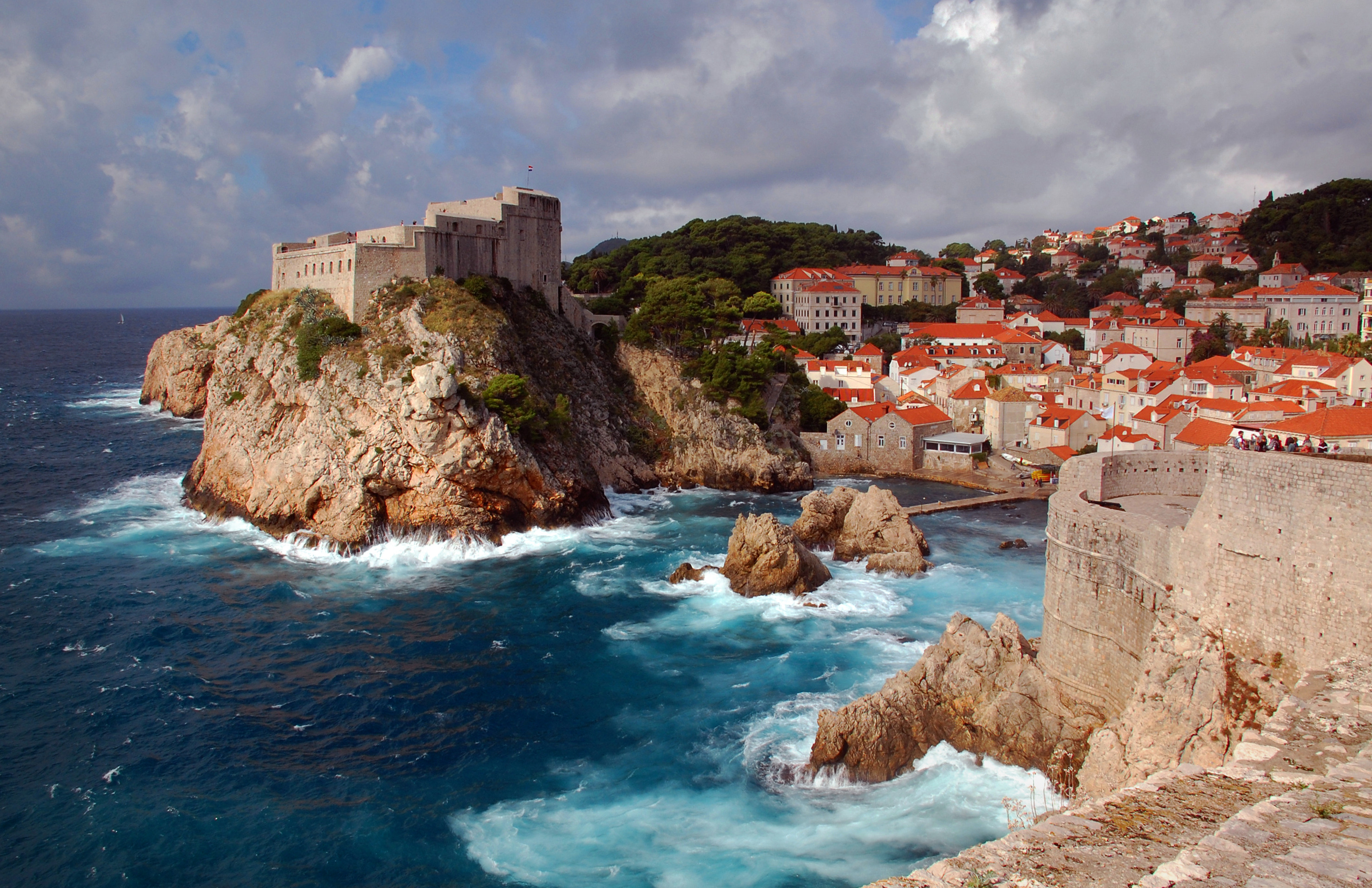
1. **Dubrovnik, Croatia**Dubrovnik, often hailed as the “Pearl of the Adriatic” and a breathtaking backdrop for fictional kingdoms, captures the imagination of countless travelers. Its ancient city walls, historic charm, and stunning coastal views promise an unspoiled medieval experience. However, for many who visit, the reality of modern tourism has significantly altered its enchanting appeal.
Travelers arriving in Dubrovnik, especially after exploring smaller, less-populated towns in Croatia, have found the city to be “by far the most touristy place I visited.” The pervasive presence of tour agencies and souvenir shops on “every single street” often detracts from the genuine historical ambiance. This saturation can transform what was envisioned as an “unspoiled city” into something far more commercialized and, for some, “a bit sad.”
While the city’s inherent beauty remains undeniable, the sheer volume of commercial enterprises geared towards visitors can overwhelm the authentic local atmosphere. The constant churn of crowds, often disembarking from cruise ships, contributes to a feeling of the city being a theme park rather than a living historical site. This shift often leads to a sense of disappointment, particularly for those seeking a tranquil and immersive cultural experience away from mass tourism.
Ultimately, Dubrovnik still possesses its majestic architecture and stunning vistas, but the expectation of a serene, ancient wonder clashes with the bustling, commerce-driven environment. For a truly authentic Croatian experience, travelers might consider balancing their itinerary with visits to less-frequented regions, where the local culture and natural beauty are less impacted by the throngs of visitors.
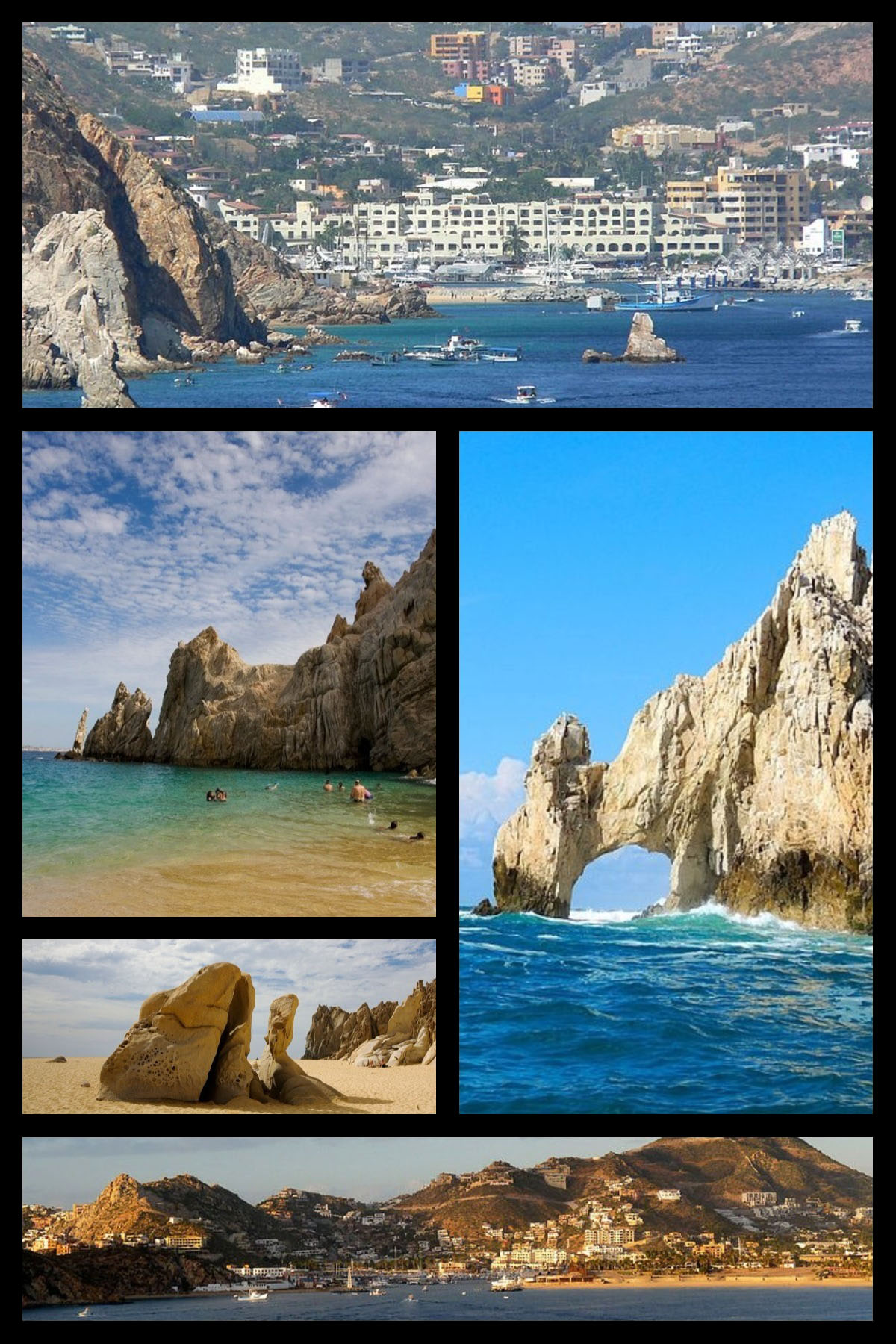
2. **Cabo San Lucas, Mexico**Cabo San Lucas, situated at the southern tip of Mexico’s Baja California peninsula, is widely advertised as a vibrant beach destination renowned for its stunning ocean views, lively nightlife, and abundant water activities. Its reputation as a high-energy resort town attracts a specific type of traveler, yet many have found its reality to be a far cry from the idealized vacation postcard.
Travelers have reported experiences marred by intense commercialization and overcrowding. The scenic horizon, often a key draw, can be obstructed by “massive ships blocking the horizon,” diminishing the sense of natural beauty and open ocean. The presence of “panhandlers who would stand in front of you so you couldn’t see the ocean” adds another layer of discomfort and unwelcome intrusion to what should be a relaxing beach escape.
The popular snorkeling spots, which promise vibrant marine life, are frequently overwhelmed by “hordes of people getting in the way,” making it difficult to enjoy the underwater spectacle. Beaches, instead of offering serene stretches of sand, are often characterized by “beach chairs packed like sardines,” leaving little room for personal space or tranquil relaxation. This intense concentration of tourists can make any activity feel like a struggle against the crowds.
Despite its popularity, many who love other parts of Mexico describe Cabo as “generally an underwhelming experience,” lacking the authentic charm and relaxed atmosphere found elsewhere in the country. The constant push and pull of tourist activity, combined with a feeling of being perpetually surrounded by crowds, ultimately detracts from the quality of the vacation, leaving visitors longing for a more genuine and peaceful Mexican getaway.
Read more about: Cruise Ship Mystery: The Unsolved Disappearance of Rebecca Coriam from the Disney Wonder
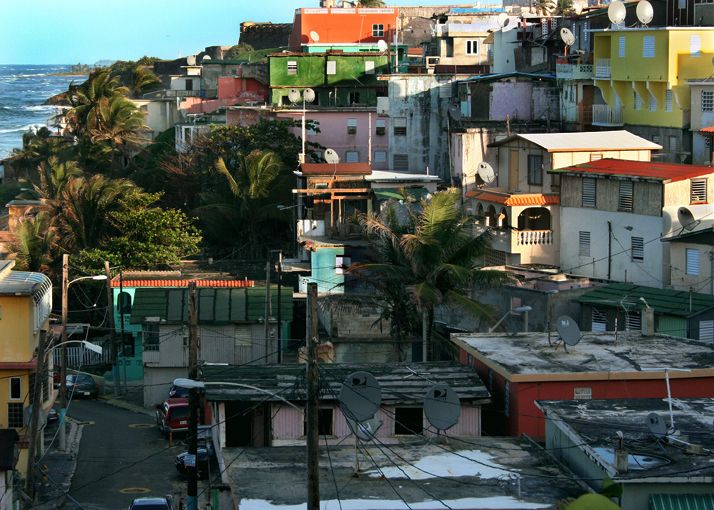
3. **Puerto Rico**Puerto Rico, a vibrant Caribbean island with a rich history and diverse culture, often beckons travelers with promises of pristine beaches, lush rainforests, and a unique blend of Spanish, African, and Taino influences. Yet, for some visitors, the reality of the island’s modern landscape presents a surprising and “very, very Americanized” experience that deviates significantly from expectations of a distinct Caribbean culture.
Many travelers have expressed disappointment in finding that a large portion of the island’s dining scene is dominated by “American type fast food places (Burger King, McDonald, KFC).” This ubiquity of familiar chain restaurants can make it challenging for visitors to discover and enjoy the authentic local cuisine and cultural flavors they anticipated, often requiring them to “go far inland to find good authentic food and culture.” This unexpected culinary landscape can leave a taste of cultural dilution.
Furthermore, the perception that one “don’t need to stay more than three days to see everything” suggests that for some, the island’s offerings, outside of certain well-known spots, feel limited. While “Old San Juan is by far one of the best things to see and do on the island,” its historical charm alone may not be enough to sustain a longer visit or to compensate for the perceived lack of other “special” attractions across the island.
This blend of American commercialism and a relatively contained tourist circuit leads many to conclude that Puerto Rico “is one place I would not choose to go to again.” While its natural beauty and historical sites like Old San Juan are commendable, the overall experience, particularly for those seeking a deeply immersive and uniquely Caribbean cultural immersion, can fall short of the idealized vision, prompting travelers to seek out less Americanized alternatives for their island escapes.
Read more about: A Legacy Forged in Iron and Innovation: The Extraordinary Life of the Late George Foreman, From Olympic Gold to Entrepreneurial Empire
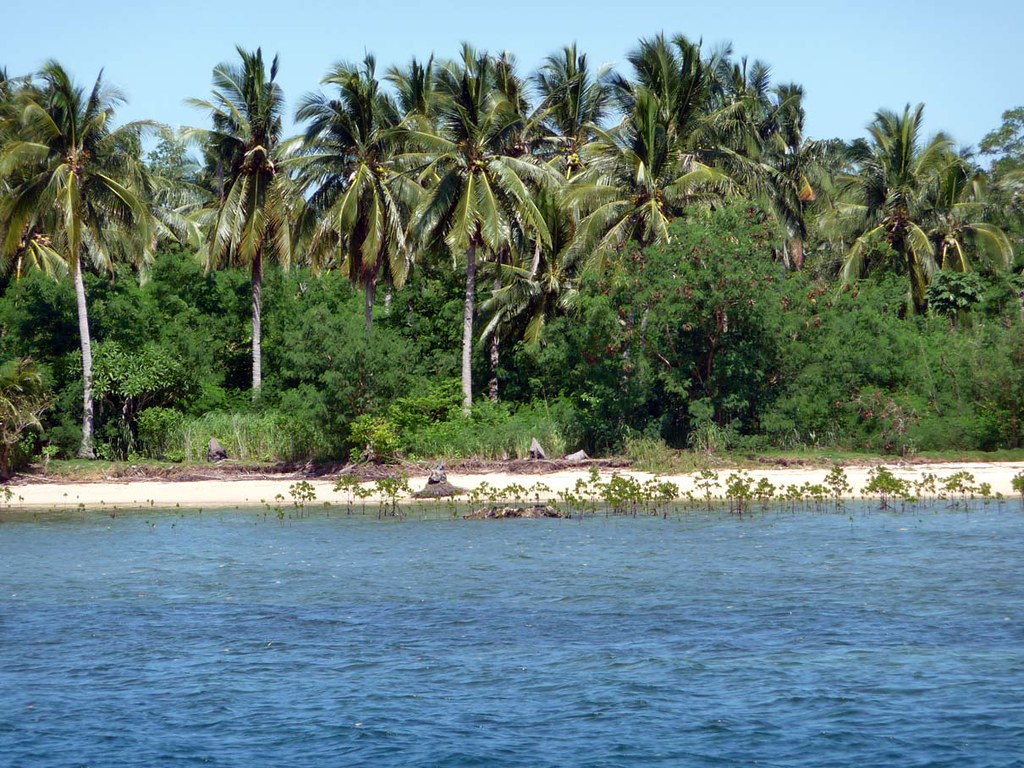
4. **Palawan, Philippines**Palawan, in the Philippines, frequently graces lists of the world’s most beautiful islands, celebrated for its stunning limestone karsts, crystal-clear waters, and rich biodiversity. Its reputation as a pristine paradise draws an endless stream of visitors, eager to witness its natural wonders. However, the very popularity that elevates Palawan to global acclaim has, for some, become its undoing, transforming the idyllic vision into an “overhyped” reality.
Travelers have observed that “judging by the endless stream of crowds, people have caught onto the idea” of Palawan’s beauty, leading to a significant increase in visitors. This influx has resulted in the island feeling “overcrowded,” diminishing the sense of tranquil discovery that many seek. The sheer volume of tourists can detract from the natural serenity, making it harder to appreciate the untouched landscapes that originally put Palawan on the map.
While the beaches are often described as “just fine,” they may not live up to the extraordinary expectations set by glossy promotional materials. Furthermore, the coral reefs, a major draw for snorkelers and divers, have been found to be “just OK compared to what I’ve seen elsewhere.” This comparative assessment suggests that while Palawan’s reefs are certainly beautiful, they might not offer the unparalleled, vibrant ecosystems that some expect given the island’s lofty reputation.
Adding to these concerns, the costs associated with visiting Palawan are “hardly a bargain,” challenging the notion that it offers an accessible slice of paradise. The combination of overcrowding, good-but-not-extraordinary natural features, and higher-than-expected prices can lead to a pervasive feeling of disappointment, prompting travelers to conclude that, while “Palawan was alright,” it ultimately fell short of its grander promises, prompting a search for equally beautiful but less commercialized destinations.
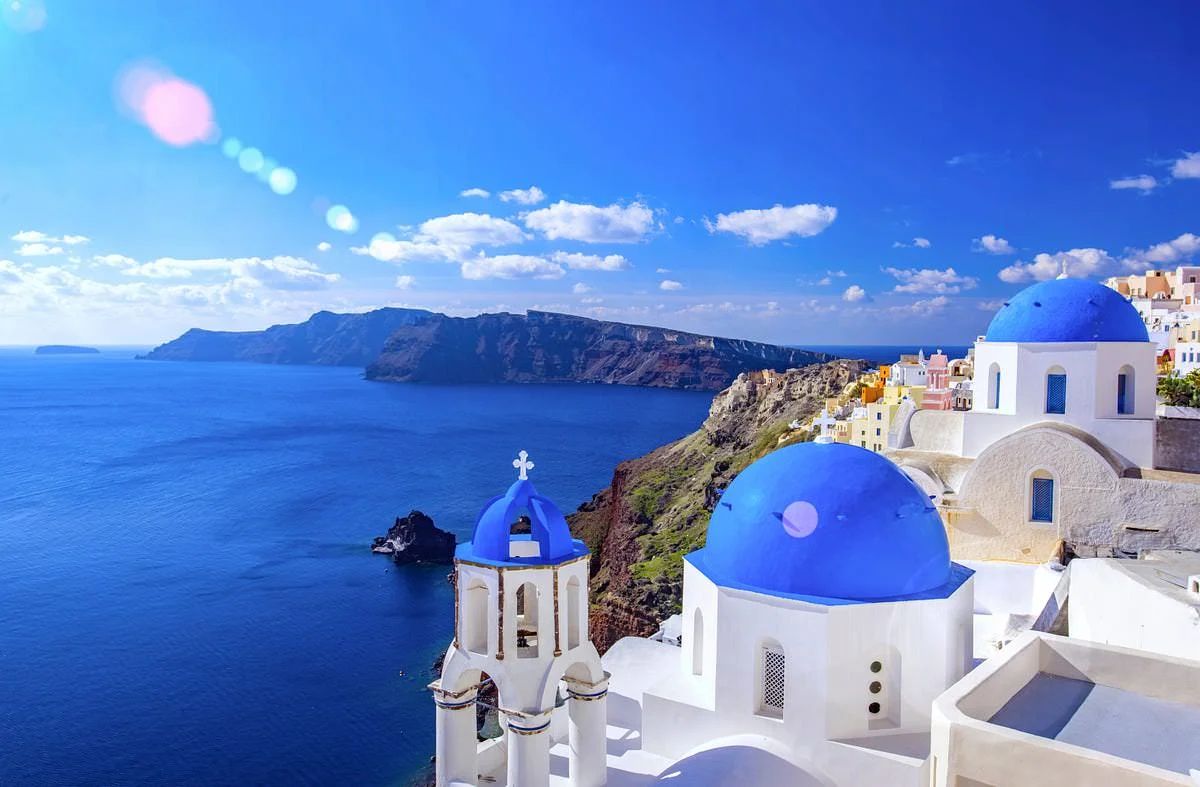
5. **Santorini, Greece**Santorini, Greece, with its iconic white-washed villages, azure-domed churches, and legendary sunsets, is a perennial favorite on travel wish lists, often depicted in breathtaking photos that inspire dreams of romantic getaways. Yet, for a surprising number of travelers, the experience on this Cycladic gem proves to be “pretty disappointing,” with reality failing to match the picture-perfect online images.
Many visitors arrive expecting uninterrupted, stunning views, only to find themselves confronted with less glamorous elements of urban life. Some have noted needing to “crop graffiti and dirty buildings from the backgrounds of my pictures,” a stark contrast to the pristine landscapes typically seen. This discrepancy suggests that the visual perfection often associated with Santorini is, at times, a carefully curated illusion, achievable only through specific angles or digital enhancements.
The cost of visiting Santorini is another significant point of contention. Travelers have found it “so expensive,” with even basic necessities like lunch proving exorbitant; “The cheapest lunch option I found was a small wrap for 11 euros.” This high price point, coupled with the unexpected visual imperfections, contributes to a feeling that the island is “a tourist trap,” designed to extract maximum value from its fleeting visitors rather than offer a genuinely enriching experience.
The island’s popularity also leads to significant congestion. “Santorini’s narrow streets became human traffic jams when multiple cruise ships docked simultaneously,” making peaceful exploration a challenge. Securing a spot for the famous sunset views often “required staking out spots hours in advance,” further illustrating the intense competition for perceived idyllic experiences. This combination of high cost, unexpected grime, and relentless crowds often leaves travelers questioning whether the island’s beauty justifies its challenges, leading many to recommend exploring other, “equally beautiful Greek islands” like Rhodes, which offer a more authentic and affordable experience.
Read more about: The $2,000 European Dream: How Americans Are Redefining a Richer Life and Finding a Permanent Home Abroad
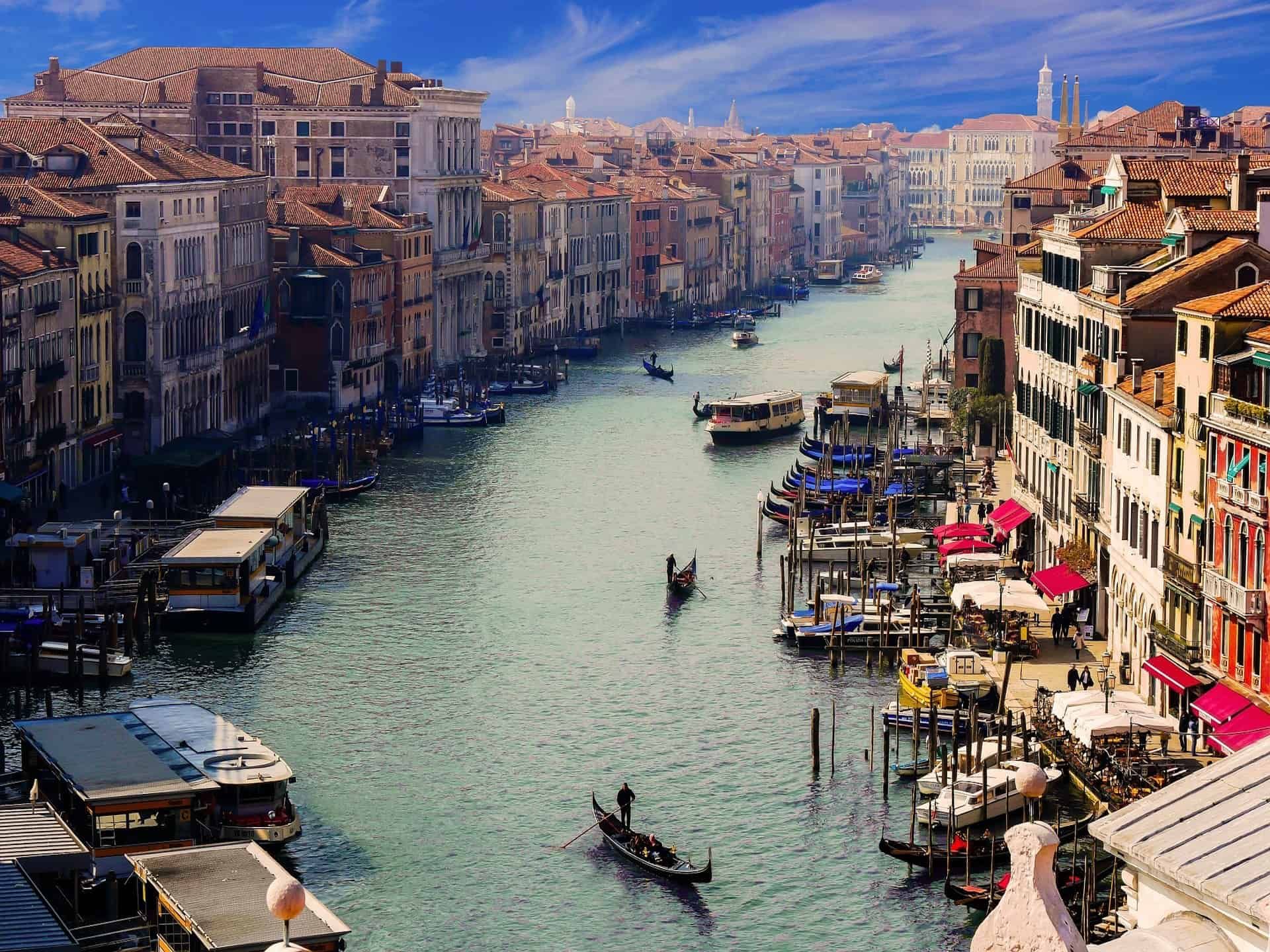
6. **Venice, Italy**Venice, the enchanting “City of Canals,” holds a mythical status in the world of travel, drawing millions with its unique architecture, romantic gondola rides, and labyrinthine alleys. It’s a destination that promises unparalleled charm and a step back in time. However, for a growing number of visitors, the reality of Venice in the modern age can be a profoundly “disappointing” experience, transforming romantic dreams into practical frustrations.
One of the most common complaints revolves around the sensory experience of the city. Travelers have frequently described Venice as “stinky, dirty, and unnecessarily expensive.” The canals, while iconic, can occasionally “emit unpleasant odors,” particularly during warmer months or at low tide, which is a far cry from the serene image portrayed in postcards. The accumulation of litter and general wear and tear can also detract from the city’s historical grandeur.
The financial burden of visiting Venice is another significant factor in its underwhelming reputation. Everything, from “microwaved pasta at premium prices” in restaurants near major sights to general accommodations and activities, comes with a hefty cost. This perceived lack of value for money, coupled with the aforementioned issues, can quickly erode the magic for visitors who find themselves “bored within six hours,” even with multiple days planned.
Furthermore, the intense “floating traffic jams” in the canals and the sheer density of crowds, especially during peak season, make it challenging to experience the city’s unique charm peacefully. With “authentic local life virtually disappeared from central areas,” many visitors feel they are navigating an open-air museum rather than a living city. This leads some to venture “out of the city and exploring the lovely surrounding cities and countryside instead,” seeking more genuine and less commercialized Italian experiences.
Read more about: Remember Them? 10 Hollywood Stars Who Lit Up the Screen Once, Then Faded (Mostly) From the Spotlight
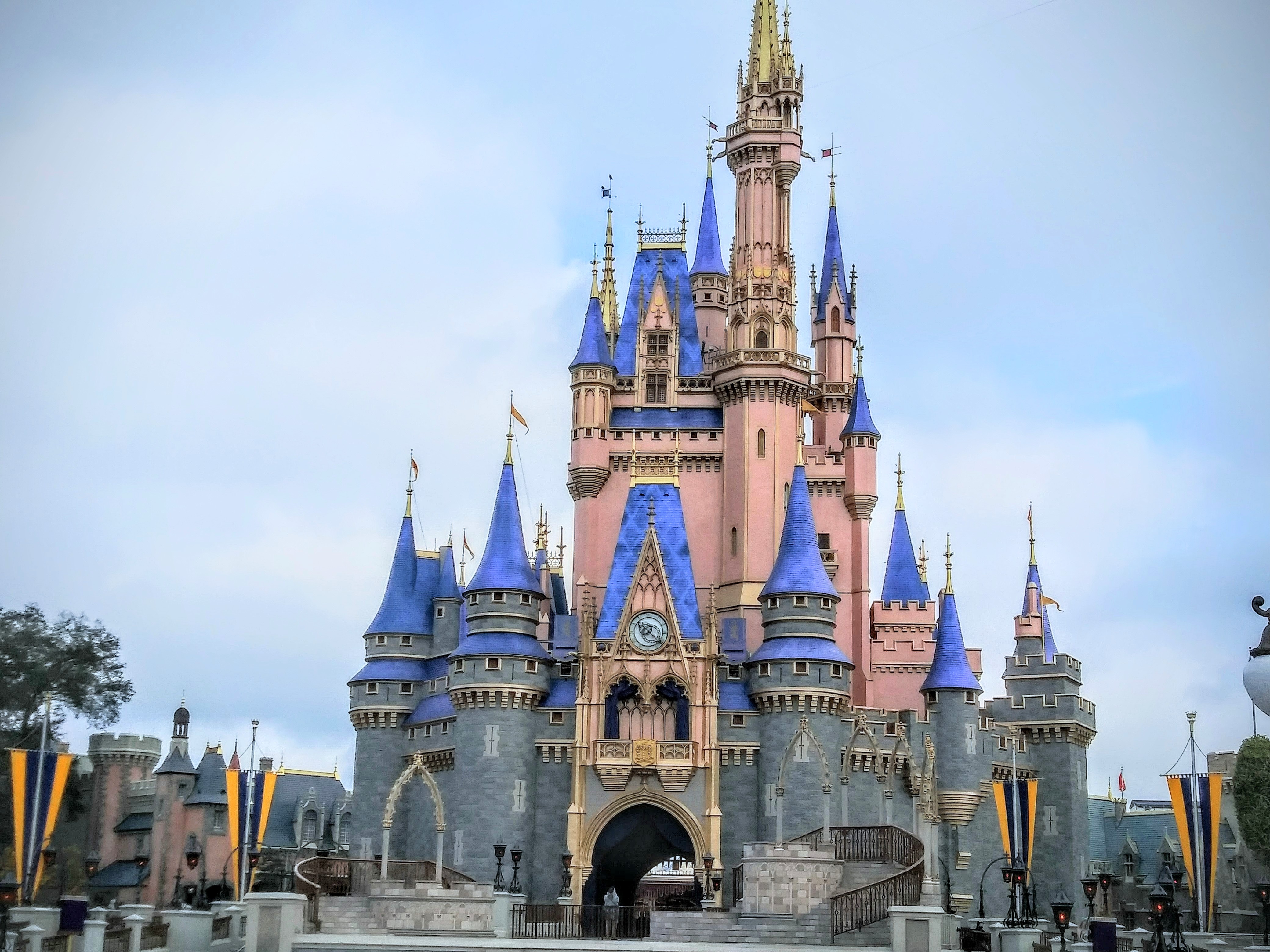
7. **Disneyworld, Florida**Disneyworld, the “Most Magical Place on Earth” in Florida, is a dream destination for millions of families, promising unparalleled joy, enchantment, and memories that last a lifetime. With its iconic castles, beloved characters, and thrilling rides, it sets an extraordinarily high bar for expectations. Yet, for some, the reality of a Disney vacation can be a surprising and, at times, profoundly frustrating experience, leading them to declare, “Never again for us.”
The primary source of disappointment often stems from the exorbitant financial investment required. Families report spending “more money than planned,” with the final cost becoming something they “still can’t even stomach how much we spent.” This includes not only tickets and accommodation but also food, merchandise, and various upcharges, which collectively push the vacation budget well beyond initial estimates, causing significant financial stress.
Beyond the monetary aspect, the sheer logistics and physical demands of a Disney trip can take a toll. Visitors describe spending an inordinate amount of time “in line after line after line,” a constant battle against the crowds. This endless waiting, combined with the stress of managing family dynamics in a high-pressure environment, can lead to increased friction, with some families admitting to fighting “more as a family than we ever had.” The ideal of carefree fun often gives way to exhaustion and tension.
Ultimately, for some, the “crowds…the prices…the lines” overshadow the magic, turning a highly anticipated vacation into an overwhelming ordeal. While acknowledging that “many people live for this place,” these travelers find themselves questioning the value proposition, concluding that the relentless commercialism and operational efficiency detract from the genuine joy. For them, the most “fascinating part of the whole vacation was realizing that many people live for this place,” a sentiment mixed with their personal regret and the firm decision not to return.
8. **Goa, India**Goa, India, is widely celebrated as a legendary beach destination, conjuring images of laid-back vibes, golden sands, and vibrant cultural fusion. It’s often touted as the perfect place for relaxation, partying, and soaking up the sun. However, for many discerning travelers, the reality of Goa can fall short of these idyllic expectations, revealing a destination that is “really wasn’t that great” for those seeking a tranquil and pristine beach escape.
One of the most frequent criticisms leveled against Goa relates directly to its primary draw: the beaches themselves. Visitors have described them as “subpar,” failing to meet the standards of other renowned beach destinations globally. This assessment suggests that the natural beauty, while present, is often not as spectacular or well-maintained as anticipated, diminishing the overall appeal for beach enthusiasts.
The popularity of Goa has also led to significant overcrowding, making it “so busy” during peak seasons. This influx of tourists, combined with a perceived lack of adequate infrastructure, can result in the water being “polluted,” further detracting from the pristine image. For those seeking clean, calm waters for swimming and relaxation, this can be a major disappointment, transforming a potential oasis into a less inviting environment.
Ultimately, the expectation of a “relaxing beach destination you might expect” often goes unfulfilled. Instead of tranquility, travelers encounter a bustling, sometimes chaotic atmosphere where the natural beauty is overshadowed by commercial activity and environmental concerns. While Goa undoubtedly holds appeal for some, particularly those seeking a lively party scene, its widespread reputation as a top-tier serene beach paradise is increasingly being questioned by travelers who find its reality to be a less-than-ideal coastal retreat.”
Continuing our journey into the world of travel disappointments, we now explore seven more destinations that, despite their widespread allure, have consistently left visitors feeling underwhelmed. From ancient lands marred by relentless scams to island paradises overrun by self-obsessed tourists and natural wonders diminished by exorbitant costs and crowds, these insights provide crucial guidance for those seeking genuinely rewarding experiences.
Read more about: Barbara: Unveiling the Enduring Legacy, Rich History, and Cultural Resonance of a Timeless Name
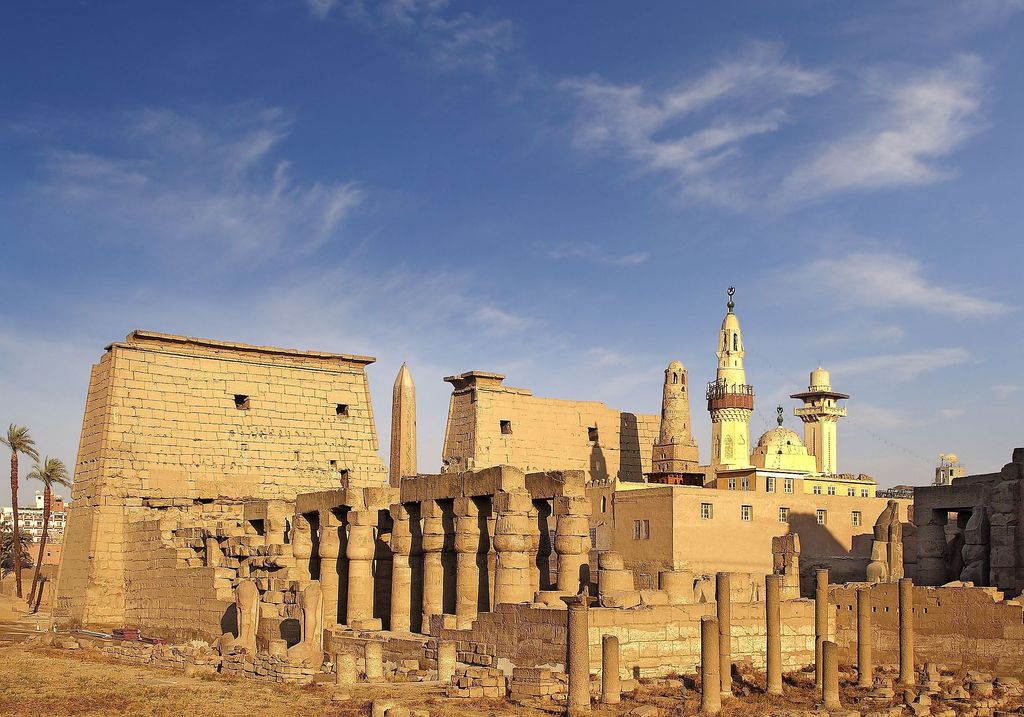
9. **Egypt**Egypt, a land steeped in ancient mysteries and iconic historical marvels, typically sparks a profound sense of awe and anticipation in travelers. The very mention of its pyramids, temples, and the majestic Nile conjures images of an unparalleled journey through human history. However, for a notable number of visitors, the reality of navigating modern Egypt has proven to be less about historical enchantment and more about relentless frustration.
Many travelers have candidly described their experience as the “worst place I’ve ever traveled to,” a sentiment often rooted in an overwhelming sense of being constantly targeted. The pervasive culture of scamming is reported to be relentless, affecting interactions with nearly everyone from “the airport clerk to the taxi drivers and the pyramids tour guide.” This constant vigilance against being exploited significantly detracts from the ability to immerse oneself in the rich historical tapestry of the country.
The persistent harassment can make even the simplest tasks an ordeal. Travelers recount being stopped repeatedly, even when attempting to “walk half a block from my hotel to try to buy water,” by individuals insistent on trying to extract money or coerce them into unsolicited services. This pervasive pressure, coupled with individuals claiming to “recognize you from the day before” or pressuring rides on donkeys despite repeated refusals, creates an “absolutely exhausting” environment.
Such experiences transform what should be a breathtaking historical adventure into a tiresome battle against constant solicitations and attempts at deception. While the grandeur of Egypt’s ancient sites remains undeniable, the challenging interpersonal dynamics with its tourism industry leave many visitors feeling drained rather than enriched, casting a shadow over the entire trip. For those seeking genuine cultural immersion without the constant vigilance, managing expectations about local interactions is paramount.
Read more about: Rodion Shchedrin: An Enduring Legacy of Innovation and Russian Soul, A Retrospective on the Composer’s 92 Years
10. **Antalya, Turkey**Antalya, nestled on Turkey’s stunning Mediterranean coast, once held a reputation as a beautiful ancient city, rich with historical sites and natural splendor. Its promise of a blend of old-world charm and captivating landscapes made it a compelling destination for cultural explorers and leisure seekers alike. Yet, for some visitors, this historical elegance has been overshadowed by an aggressive embrace of modern tourism.
A significant point of contention for many travelers is the city’s perceived transformation into an expanse of “massive number of tourist traps.” This commercialization has, for some, effectively “ruined” the authentic character of the ancient city, replacing genuine cultural interaction with transactional encounters. The charm that once defined Antalya is now often obscured by a landscape geared almost exclusively toward extracting tourist dollars.
This shift often manifests in a pervasive feeling of distrust and apprehension. Visitors describe a “constant feeling I was going to be ripped off in shops, cafés, and restaurants,” turning every purchase or meal into a potential negotiation or source of anxiety. Such an environment inhibits relaxed exploration and casual enjoyment, as the guard must always remain up against inflated prices and deceptive practices.
Ultimately, while Antalya’s natural beauty and historical remnants still possess intrinsic value, the overwhelming presence of tourist-oriented commerce and the associated feeling of being exploited can severely detract from the overall experience. For those envisioning a serene discovery of ancient Turkey, the modern reality of Antalya may present a surprisingly commercialized and less authentic journey than anticipated.
Read more about: Kyiv Rocked by Deadly Russian Air Strikes

11. **Bali, Indonesia**Bali, often revered as the “Island of the Gods,” continues to captivate with its lush landscapes, spiritual sites, and vibrant culture. Despite its enduring appeal, this Indonesian paradise is increasingly challenging the expectations of many travelers, particularly as its popularity has soared. While still holding onto much of its inherent beauty, the island’s charm is gradually being diluted by the sheer volume and type of tourism it now attracts.
Travelers observe that Bali is “increasingly overrun by obnoxious tourists and expats,” contributing to a sense that the island’s authentic spirit is being eroded. A common frustration points to the presence of “vapid, entitled influencer (or wannabe influencer) kinds of tourists/expats who wait in long lines to take selfies at historical/spiritual sites that they don’t bother to learn anything about.” This focus on superficial engagement transforms revered cultural sites into mere backdrops for social media content, disrespecting local traditions.
The environmental cost of this unchecked growth is also becoming alarmingly apparent. Visitors lament that “paradise lost its charm amid piles of plastic washing ashore on once-pristine beaches,” a stark contrast to the idyllic images often portrayed. Furthermore, the island’s infrastructure struggles to keep pace, with “traffic gridlock turn[ing] 20-minute journeys into 2-hour ordeals,” making simple travel frustrating and time-consuming.
Instagram hotspots, such as famous rice terraces and temples, now often “require pre-dawn arrivals to avoid photobombers,” diminishing the tranquil, contemplative experience once possible. The proliferation of “new mega-resorts” further strains the island’s fragile ecosystems and existing infrastructure, compounding the sense of an island struggling under the weight of its own success. For those seeking a truly immersive and authentic Balinese spiritual haven, the modern reality often falls short of the idealized vision.
Read more about: Built to Last: A Deep Dive into the Most Reliable and Least Dependable Affordable SUVs for Long-Term Value

12. **The Maldives**The Maldives, a scattering of idyllic atolls in the Indian Ocean, epitomizes luxury and romantic escapism, with its crystal-clear turquoise waters and pristine white sands. It is consistently marketed as the ultimate dream destination for honeymooners and those seeking unparalleled tranquility. However, for a surprising number of visitors, this isolated paradise can quickly transition from dreamy to decidedly dull.
A common sentiment among travelers is that “unless you are newly married and want to spend most of your time in bed or wanna do nothing but lay on the beach, you WILL get bored.” The inherent isolation, particularly on a “smallish island (most of them are small) with one resort,” means that beyond the initial awe, there are often limited activities for those seeking more dynamic engagement. The “isolation factor quickly transformed from romantic to boring” for many who exhausted the resort offerings within days.
Furthermore, the experience comes with a significant financial outlay, leading to a “bitter taste of sticker shock for many luxury seekers.” Combatting boredom often requires being “willing to pay big bucks to do activities or just to get drunk,” adding substantially to an already high-cost vacation. This economic reality means that a truly varied experience in the Maldives can be extraordinarily expensive, making the value proposition questionable for some.
Compounding these issues, “weather disruptions became increasingly common this year,” with some guests enduring “entire vacations spent watching rain from their overwater bungalows,” an unfortunate reality for a destination reliant on sunshine. Moreover, “the environmental contrast between pristine marketing images and visible coral bleaching left eco-conscious visitors particularly disappointed.” This stark reality beneath the waves highlights a growing concern for the fragility of this beautiful, yet potentially underwhelming, destination for many types of travelers.
Read more about: A First Look: Unveiling the World’s Most Extraordinary Resorts for the Discerning Traveler
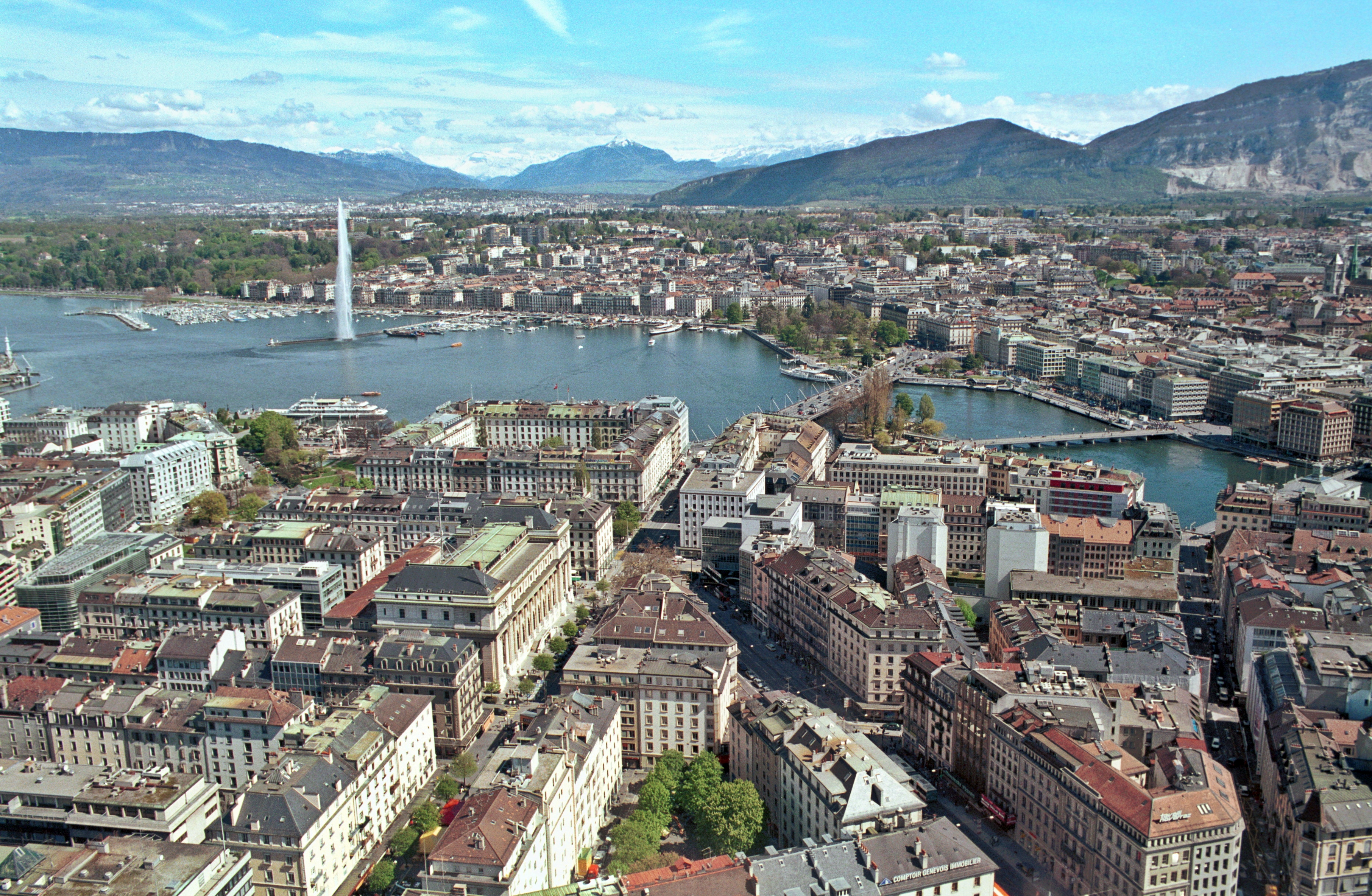
13. **Geneva, Switzerland**Geneva, Switzerland, often celebrated for its breathtaking lakeside setting, stunning mountain backdrops, and its reputation as a global hub for diplomacy and finance, certainly presents itself as a pretty and sophisticated city. Its manicured parks, elegant architecture, and pristine environment contribute to an image of refined European charm. However, for many visitors, the experience in Geneva is profoundly shaped and ultimately weighed down by a single, pervasive factor: its exorbitant cost of living and tourism.
Travelers consistently report that the “soul-crushing cost of everything definitely weighed down my experience there.” This isn’t merely about luxury items; the high prices extend to everyday necessities and casual dining, turning what might be a pleasant outing into a moment of financial shock. One vivid example cited by a traveler was never expecting “to pay 24 francs for a hamburger in my life,” illustrating the pervasive nature of these high costs.
This constant awareness of financial outlay can significantly diminish the enjoyment of Geneva’s undeniable beauty and attractions. When even a simple meal becomes an extravagant expense, the pleasure of exploration and relaxation is often replaced by a preoccupation with budgeting. The sheer cost can overshadow the city’s sophisticated allure, turning an anticipated elegant getaway into a surprisingly stressful financial balancing act.
In essence, while Geneva possesses a certain undeniable beauty and a prestigious international character, the extremely high price tag associated with virtually every aspect of a visit often leaves travelers feeling that the value for money is severely lacking. For many, this leads to a less fulfilling experience than anticipated, prompting them to seek out equally charming but more economically accessible destinations.
Read more about: Nicolas Cage’s Mind-Blowing Car Collection: A Deep Dive into His Legendary Garage of Rarity and Raw Power
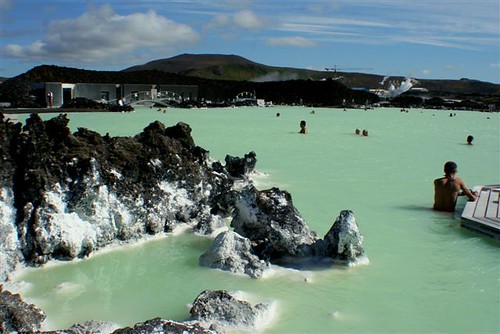
14. **The Blue Lagoon, Iceland**Iceland’s Blue Lagoon is unequivocally one of the world’s most recognizable and iconic geothermal spas, instantly conjuring images of milky blue waters set against a rugged volcanic landscape. It has firmly established itself as a bucket-list destination, promising a unique and tranquil wellness experience. Yet, for many who make the pilgrimage, the reality of the Blue Lagoon often clashes sharply with these serene expectations.
A primary source of disappointment for visitors is the unexpected expense. Travelers are often “shocked by how pricey it was for the experience,” a feeling exacerbated by the knowledge that “most of the public hot baths are free and there are geothermic springs everywhere in Iceland.” This high entry fee, often exceeding $120 for basic access, contributes significantly to the sense that the Blue Lagoon feels like a “rip-off” rather than a worthwhile investment.
Compounding the cost issue is the sheer volume of visitors. Despite requiring “advance bookings months ahead,” the lagoon frequently packs “visitors in like sardines,” eroding any sense of exclusive tranquility. The highly commercialized atmosphere is further underscored by the “assembly-line efficient” process, including “mandatory shower routine and strict time limits,” which can make the experience feel less like a natural wonder and more like a mass-market attraction.
Moreover, many express “shock at finding an industrial facility nearby, contradicting the natural setting portrayed in ads,” revealing a curated illusion. Instead of the anticipated peaceful soak, visitors often encounter a “noisy, selfie-focused atmosphere,” where personal connection with nature is replaced by a constant struggle for space and the perfect photo. For these reasons, while fulfilling a ‘must-see’ item, the Blue Lagoon frequently fails to deliver the authentic, tranquil, and value-for-money experience that travelers seek.
Read more about: 19 Real-Life Places That Feel Like Heaven or a Fairy Tale
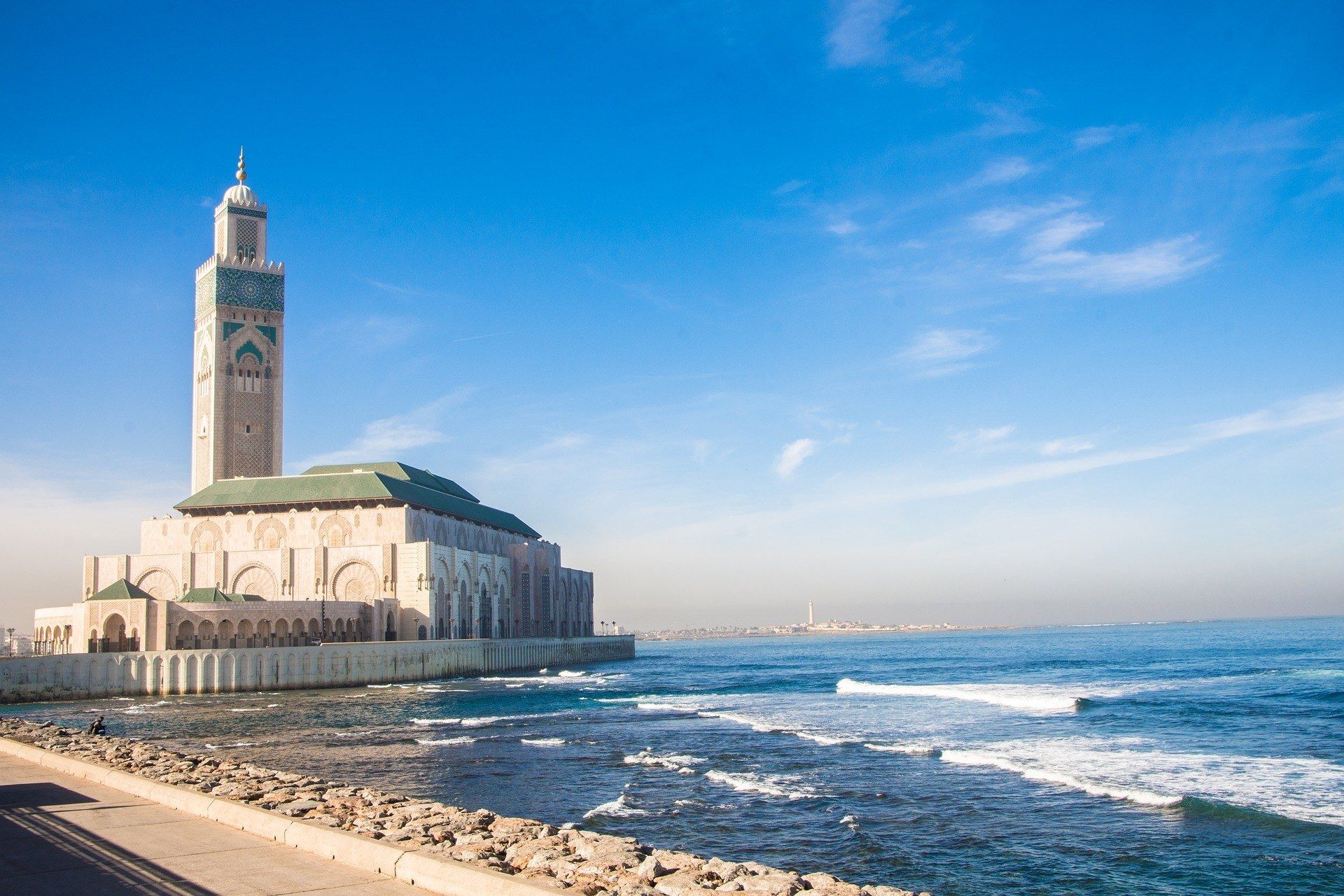
15. **Casablanca, Morocco**Morocco, renowned for its vibrant souks, ancient medinas, and stunning desert landscapes, offers a tapestry of rich cultural experiences that captivate travelers worldwide. Within this fascinating country, Casablanca holds a prominent place as Morocco’s largest city and economic hub, yet it often emerges as a significant point of disappointment for those seeking the traditional Moroccan charm.
Many visitors describe Casablanca as the “least interesting place in a fascinating country,” portraying it less as a cultural gem and more as a functional urban center. The city is frequently characterized as feeling “like a dumpy business district on the coast,” lacking the historical depth and picturesque allure found elsewhere in Morocco. This perception stems from its primarily modern, commercial focus rather than a preservation of traditional aesthetics.
Aside from the visually striking “one obscenely expensive mosque built by a previous king,” travelers report that “there’s nothing to see” that genuinely distinguishes Casablanca as a tourist destination. This singular, costly attraction often fails to compensate for the overall lack of historical sites, charming neighborhoods, or authentic cultural experiences that draw visitors to other Moroccan cities.
In stark contrast, the rest of Morocco offers an abundance of beauty and immersion. Destinations like “Fez, Essaouira, the High Atlas Mountains, and Marrakesh were all gorgeous,” providing the vibrant, authentic, and historically rich experiences that Casablanca largely lacks. For this reason, many travelers advise bypassing Casablanca in favor of these other, more fulfilling Moroccan destinations, concluding that it simply doesn’t live up to the country’s overall captivating reputation.
Read more about: Thinking of Moving? Here’s What I Learned About the Trade-offs (Based on Real Info, No Sunshine and Rainbows Here!)
Our exploration of these commonly lauded, yet frequently disappointing, vacation spots serves as a potent reminder that the reality of travel often diverges from its idealized image. From the crushing crowds of over-tourism to the relentless commercialization and unexpected costs, the feedback from real travelers provides an invaluable compass. It encourages us to look beyond the glossy advertisements and social media hype, fostering a more informed and perhaps more adventurous approach to discovering truly authentic and rewarding experiences. So, as you plan your next escape, remember these insights and consider venturing off the well-trodden path to find your own hidden gems, ensuring your next adventure is one of genuine wonder, not regret.

